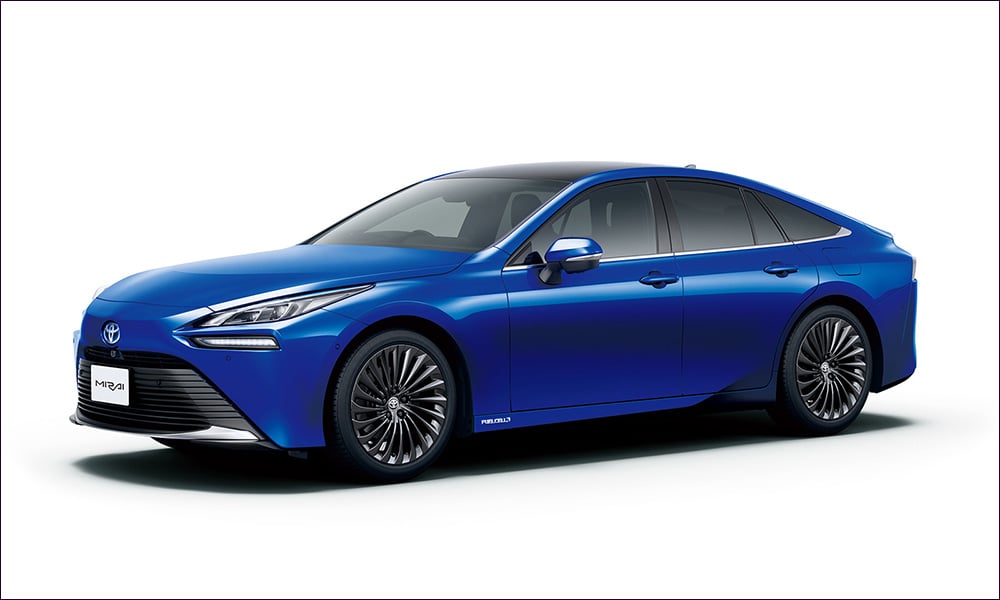
Yes, that’s right. The all-new version of the Toyota Mirai fuel-cell vehicle is now being propelled by its back wheels. But before you get visions of this thing silently shredding tires at Tsukuba Circuit’s final corner, allow us to tell you what makes this eco-friendly cruiser tick.
The new-generation Mirai uses the GA-L platform that is specific to rear-wheel-drive vehicles. Utilized by both the Lexus LC coupe and the LS executive sedan, this means that the Mirai is more highway cruiser than canyon carver. And cruise down the highway, it will, thanks to a redesigned battery pack and better hydrogen storage tanks that will net this fuel-cell vehicle a potential driving range of up to 850km.
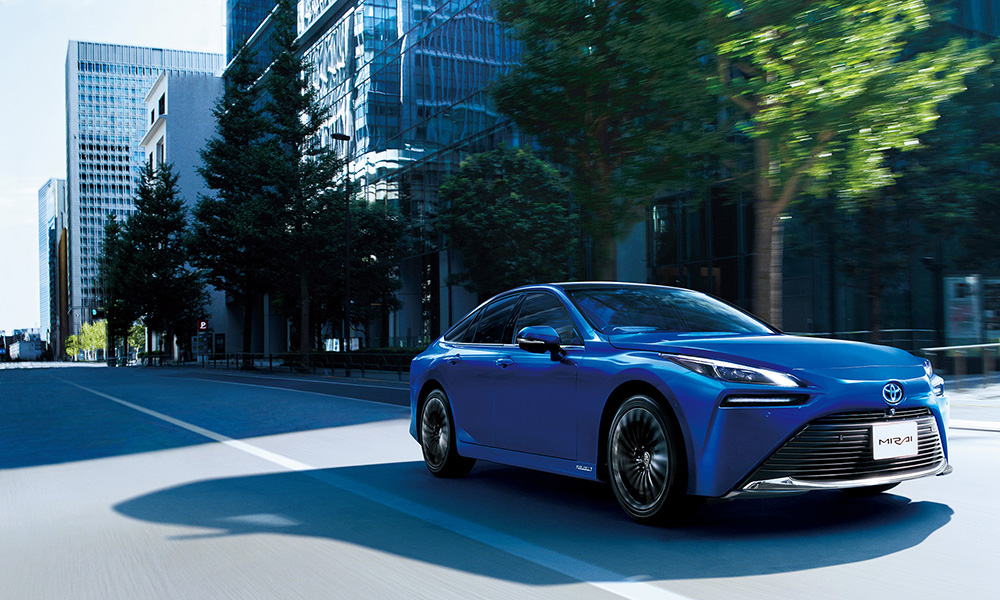
The 180hp output from the rear-mounted electric motor may seem a bit paltry by today’s standards, but customers should expect instant pulling power the moment they touch the accelerator. Toyota claims that clever placement of the fuel-cell bits and the hydrogen storage tanks not only lowers the center of gravity, but also evenly distributes the car’s weight in an equal 50:50 split, front to rear. This should make the Mirai a little more engaging behind the wheel.
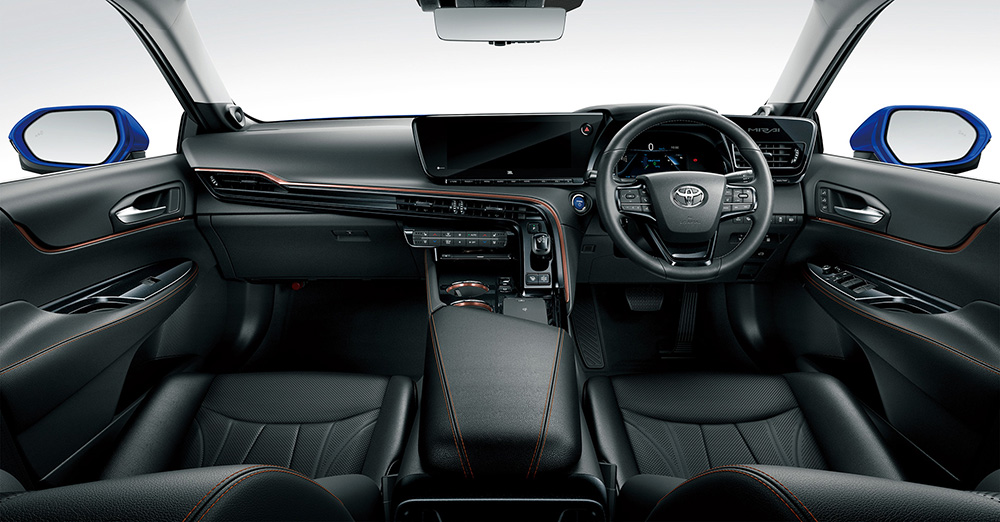
While the outgoing iteration of Toyota’s fuel-cell vehicle is full of weird shapes, the all-new Mirai has toned down that rakish look with a rather sleek fastback profile. The front fascia is much cleaner this time around, dominated by a massive front grille that appears to have been inspired by that of the Camry. The swooping rear end terminates toward a simpler light bar assembly for the taillamps. Upscale trim levels get stylish multi-spoke alloy wheels for that luxury look.
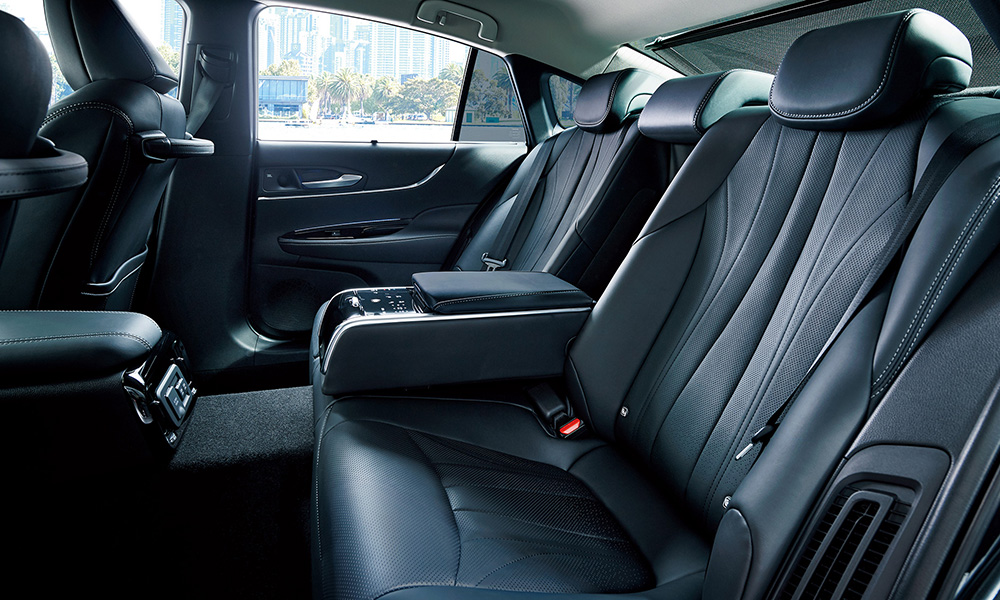
The same simplified design treatment is carried over to the cabin as well. The screens and the switchgear combine to give the dashboard a cleaner look as compared with the previous generation’s rather messy arrangement of controls. Drivers will be happy to know that instrumentation has now been moved behind the steering wheel, and is complemented by a heads-up display. Families will also be relieved that the Mirai’s back seat can now accommodate three persons.
One thing clever about the new Mirai is its capability to power an entire house. Simply plug the car into any household electrical outlet and the car can supply electricity from its onboard battery pack. This should come in handy in case power lines are cut during natural disasters. On the other hand, electronics and small electrical appliances can be hooked up to one of the car’s two regular power outlets.
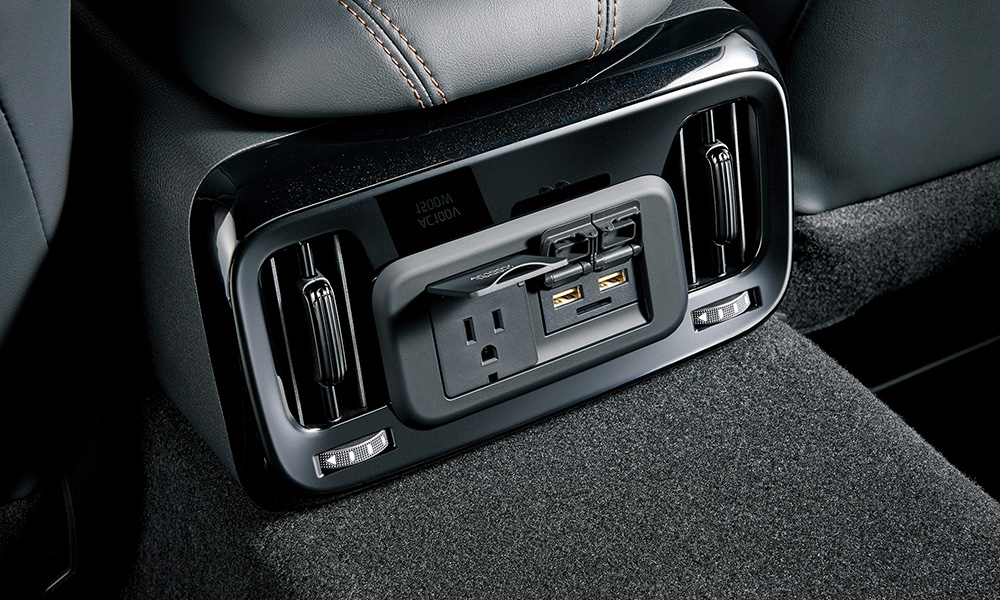
Of course, it wouldn’t be a Toyota flagship these days without the extensive set of electronic driver aids. An advanced version of Toyota Safety Sense is standard on the all-new Mirai, with new features such as radar cruise control that intelligently slows down when negotiating corners. Other convenience add-ons include a digital rearview mirror and a 360⁰ camera that can “see through” obstacles.
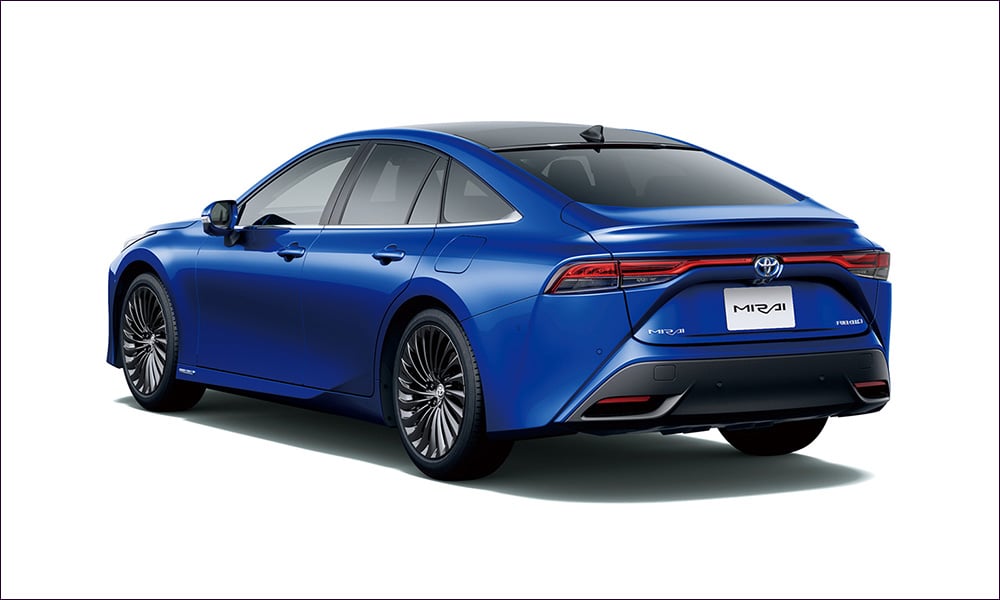
While the Mirai is far from the sports car that its drive layout might suggest, it does open up the possibility of more Toyota products being powered by fuel cells. In fact, the Lexus LF-FC fuel-cell concept vehicle may spawn a production version based on the technology used by the Mirai. In the meantime, one can only imagine what a few simple tweaks and a cheeky motor upgrade will do to turn Toyota’s zero-emissions cruiser into a noiseless drift machine.

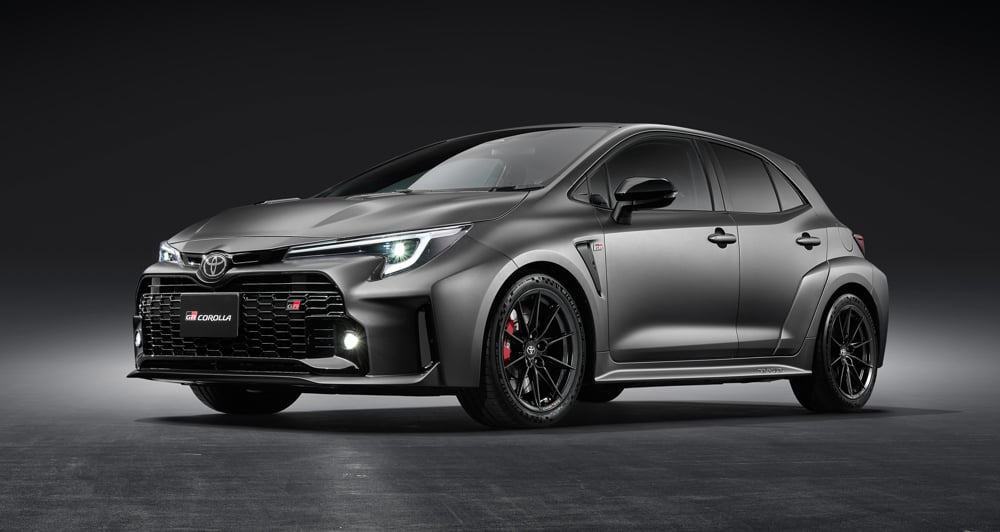
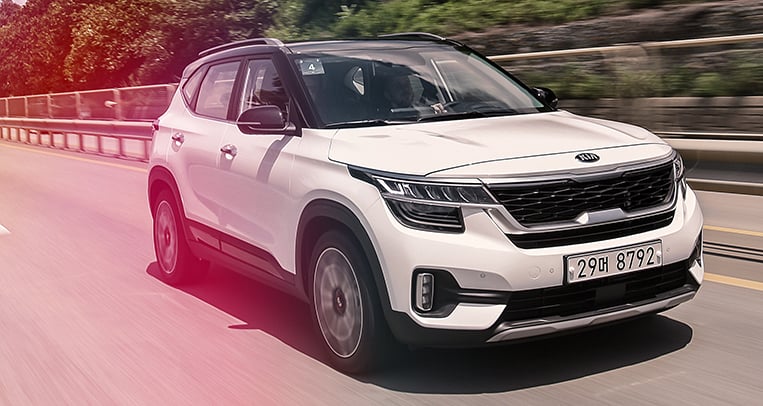
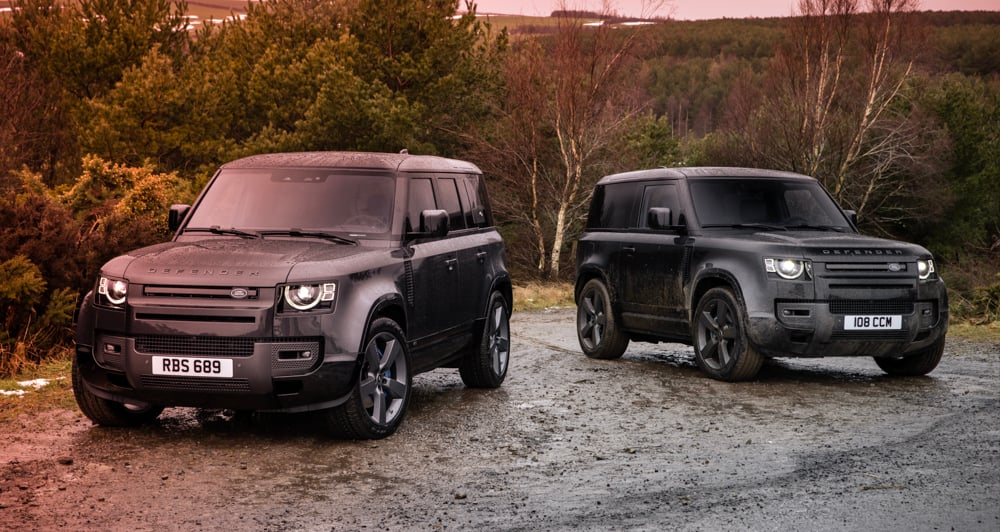
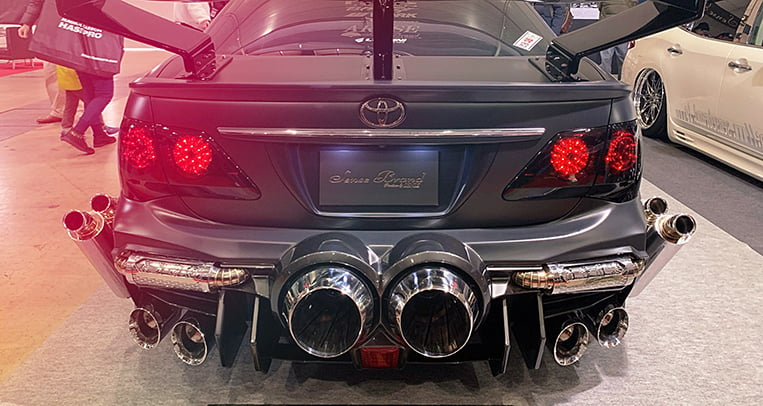
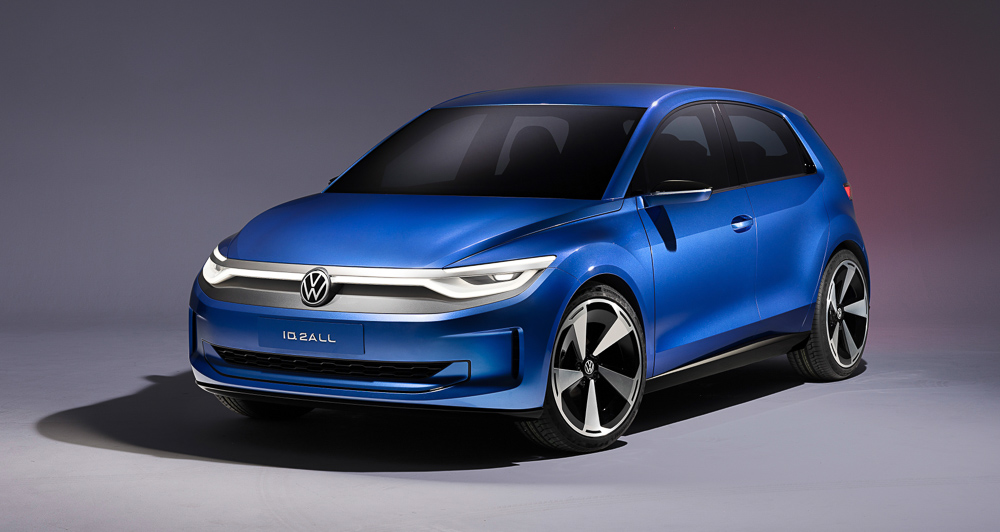

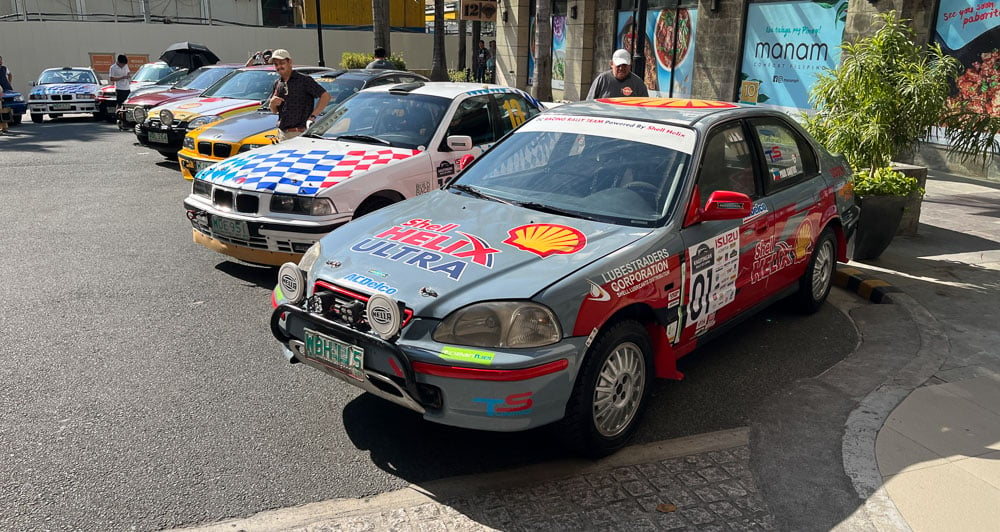

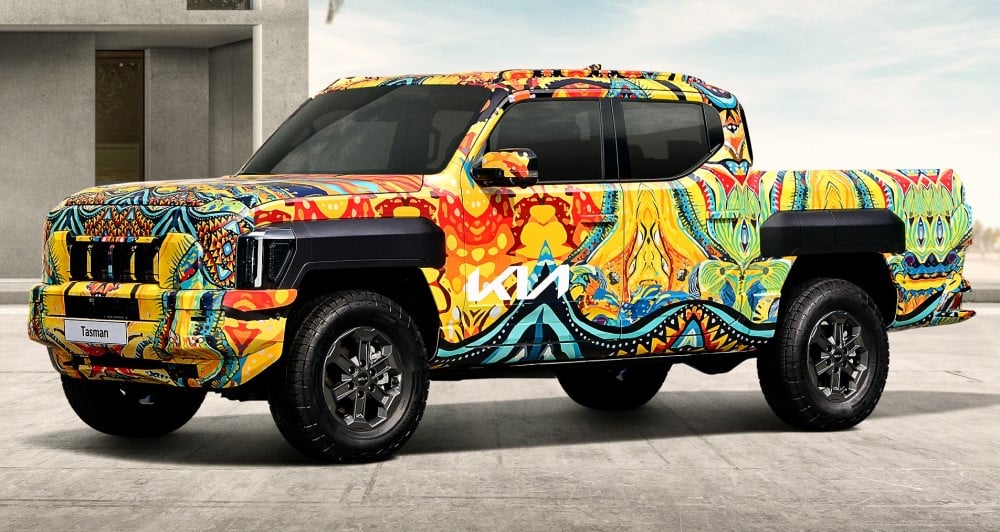
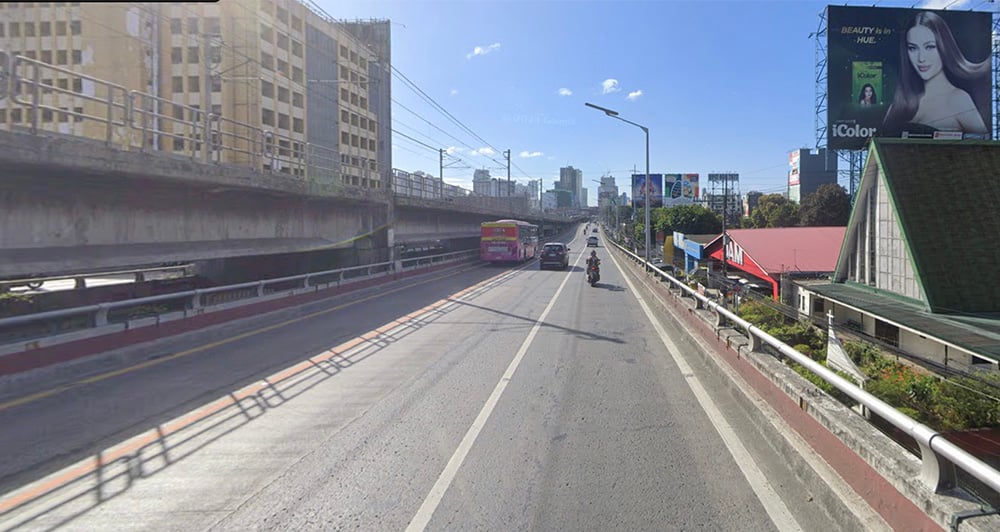
Comments